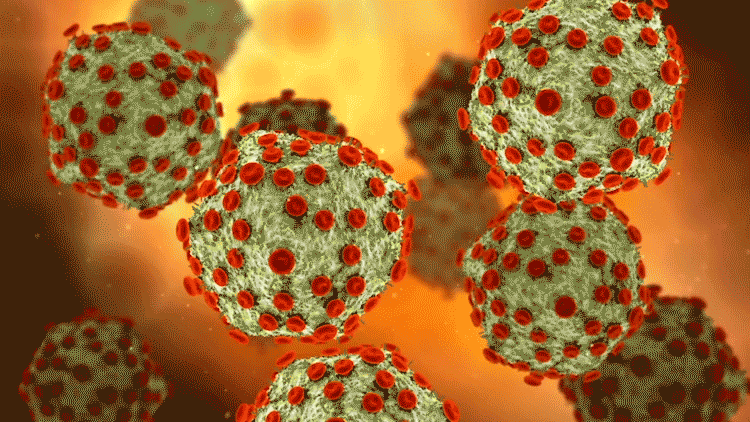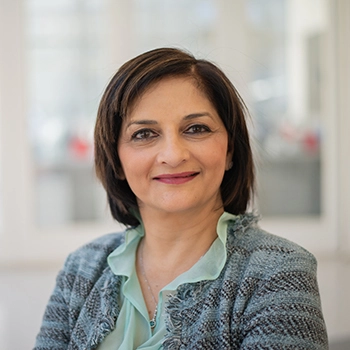Wendi Yajnik has been building partnerships between academia and industry for the better part of her career. When it comes to emerging technologies, she’s seen it all – from cancer-fighting immunotherapies to gene editing tools to an approach to fat loss inspired by ice pops.
Now at Novartis, Yajnik heads Academic Partnerships and External Innovation for the Novartis Institutes for BioMedical Research (NIBR). Her team is responsible for bringing exciting new discoveries and technologies into Novartis from academia. Their efforts are helping drive NIBR’s strategy to build an open framework for science in which academia and industry work more seamlessly to advance medicine.
Yajnik got her start as a molecular biologist at New York University Medical Center, in the US, where she studied the HIV virus during the AIDS crisis in the early 1990s. Her work helped answer fundamental questions about how the virus interacts with human cells.

Early in her career, curiosity about how technology moves from idea to application led her to apply for a job in the technology licensing office at Brigham and Women’s Hospital in Boston, Massachusetts, in the US, just to get a sense of it. She ended up staying for 18 years.
During that time, Yajnik recalls, she attended a meeting where scientists revealed that they could freeze fat and flush it away. The research had stemmed from observations that kids who eat ice pops sometimes end up with dimples. The idea, backed by science, turned into a trendy new business.
“I love this field. I love the brilliance of the science and also making connections that help commercialize new ideas,” says Yajnik.
Here she talks about her approach to academic partnerships and external innovation at Novartis.
Why is it important for industry and academia to work together?

When I talk about why Novartis wants to team up with academia to find medicines for the worst diseases, I tell a story about a therapy for chronic myeloid leukemia that had its roots in academia but was transformed into a therapy through a collaboration with our scientists.
Before this therapy, patients diagnosed with a certain form of blood cancer might have lived a few years. After the therapy, they were living into their 70s and 80s.
That’s why we want to do this. When discoveries from academia are developed into safe and effective approved therapies, we can transform people’s lives completely. We need to do more of that.



